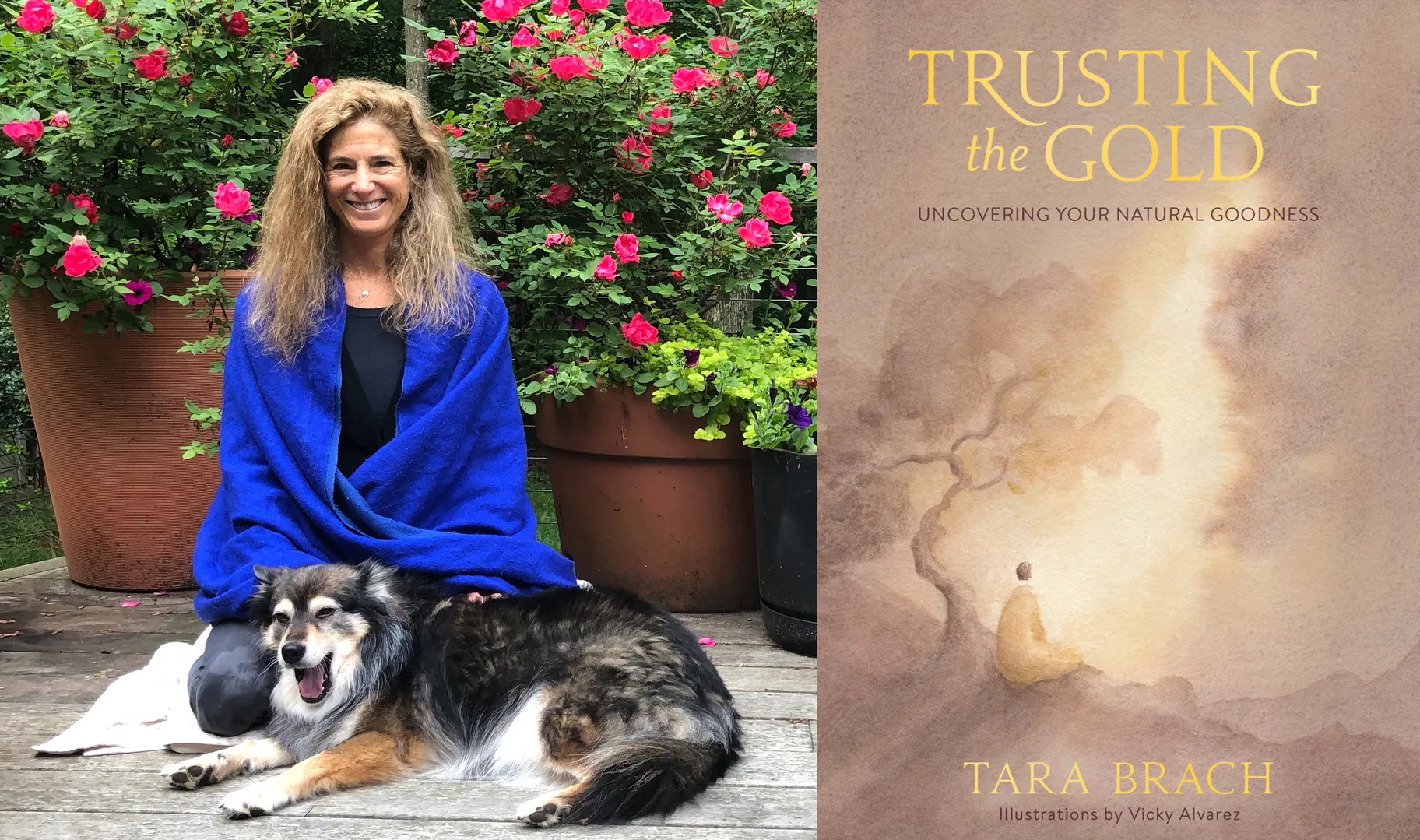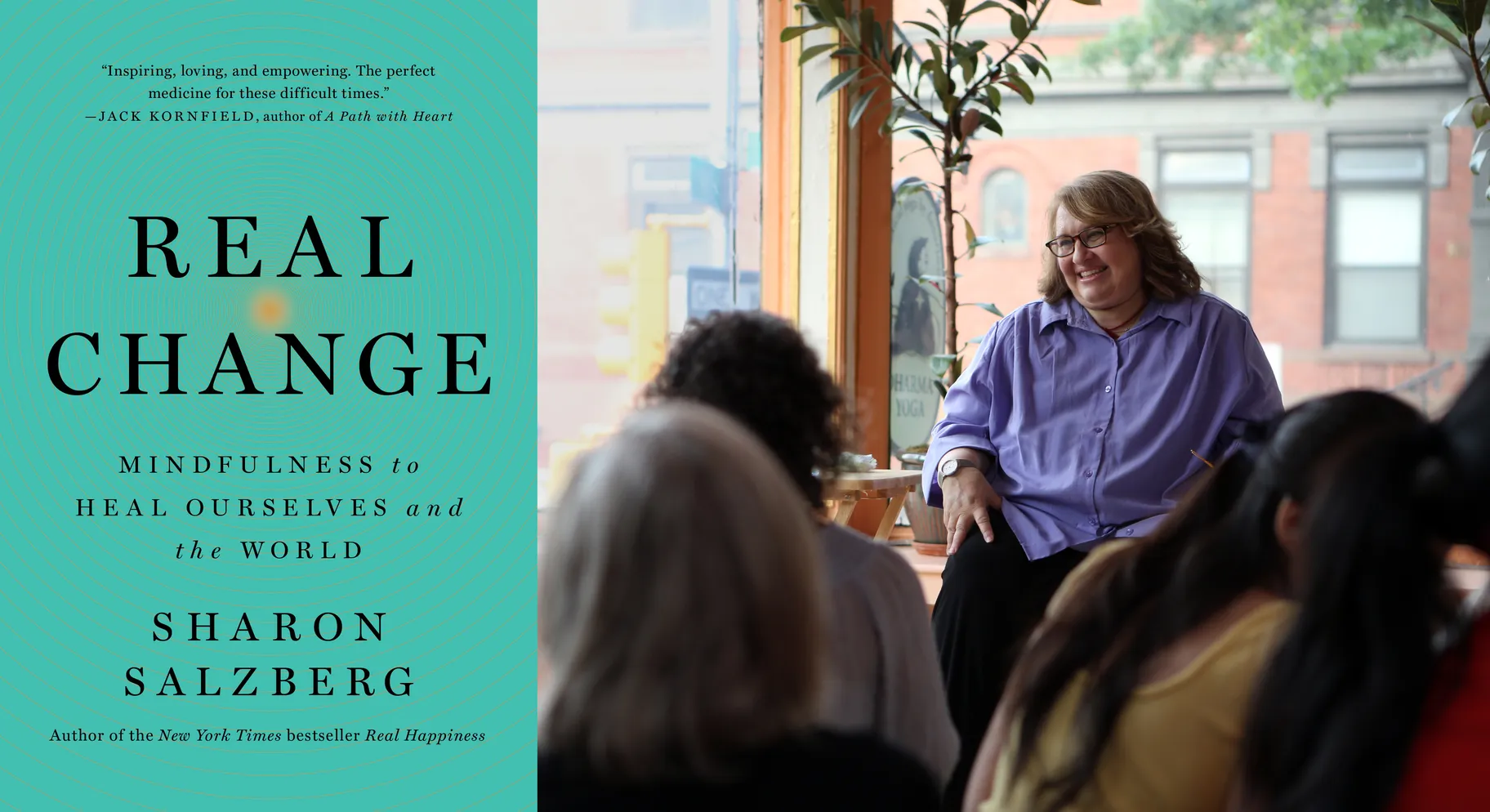Over the past few decades, Buddhism and psychology have served as bridges connecting Eastern and Western thought. Believing that nothing is permanent, Buddhism presents an honest understanding of our minds — how we spend so much of our time thinking about the past and future, and struggle to stay in the present. Harnessing these insights, psychologists and therapists have incorporated Buddhism into therapy by teaching mindfulness meditation practices, tapping into the power of observing our own thoughts and emotions rather than trying to get rid of them.
KCRW’s Jonathan Bastian talks with Tara Brach, a clinical psychologist who has spent decades studying Buddhism, meditation, and the incorporation of Eastern thought into her Western practice. She holds a PhD in clinical psychology, and has spent dozens of years studying Buddhism and meditation. Brach, one of the most sought-after Buddist teachers in America, explains why the stillness of meditation is “exquisite,” and how the simplest of acts may be the purest.
“When I'm really stuck or tangled, when I'm having a hard time and there's some sense that I'm falling short, if I can even just say the words ‘trust the gold,’ there's some kindness in that reminder that there's a goodness underneath that I'm forgetting I need to trust in,” says Brach.

Buddhist teacher and psychologist Tara Brach discusses meditation, mindfulness, and trusting our “inner gold.” Photo by Jonathan Foust.
Bastian also talks with another prominent figure in bringing mindfulness and meditation mainstream, Sharon Salzberg, educator and co-founder of the Insight Meditation Society. Phone apps, YouTube videos, retreats, and even Zoom sessions have succeeded in popularizing and making meditation increasingly accessible, but Salzberg’s own first encounter was while growing up in New York in the 1970s, when she first heard about meditation in an Asian philosophy class while studying in Buffalo. Eager to learn more, her educational voyage led her to India, where she met and studied with famed Buddhist practitioners Thick Nhat Hanh, Joseph Goldstein, Jack Kornfield, and Mark Epstein.
“There I was, an 18-year-old wandering around Buffalo, New York looking somewhere, anywhere, because I didn’t know how to meditate and I just didn't find it. And so I went off to India, which was outrageous,” Salzburg explains.
Salzburg shares how her travels in India and the practice of Buddhism and meditation fundamentally changed her own life in her book “Real Life: The Journey from Isolation to Openness and Freedom.”
“I think back to some of those conversations, because the retreats were not completely silent in those days,” Salzberg recalls. “And the other thing was tremendous friendships, which are enduring environments to this day. Physically, it was very hard, people were getting sick, and the conditions were very tough, but it didn't matter. And that was really fascinating for a Western person to see, too.”
Salzburg has written several best-selling books including, “Real Happiness: The Power of Meditation: A 28 Day Program,” and “Real Change: Mindfulness to Heal Ourselves and the World.” Her latest book is “Real Life: The Journey from Isolation to Openness and Freedom.
Meditation should not be hard, Salzburg points out, and does not have to be a lifelong undertaking. She recommends trying for a week, a month, or whatever you want to experiment with.
“Twenty minutes a day, every day, or 15 minutes a day, every day,” she suggests. “And if I can't do it some days, [even] two minutes, really just a tiny bit.”

“It's much easier to think about meditating or resolve that next year, we're gonna start … but it's hard to actually do,” Salzberg says. “But it's only the doing of it [that matters]. It's a little bit like exercising a muscle, you gotta do it.” Photo courtesy of Sharon Salzberg. In “Real Life: The Journey from Isolation to Openness and Freedom,” Salzberg explains her approach to meditation and the concept of loving-kindness, or the mindful practice of love, empathy, understanding, and being kind to others without judgment.
